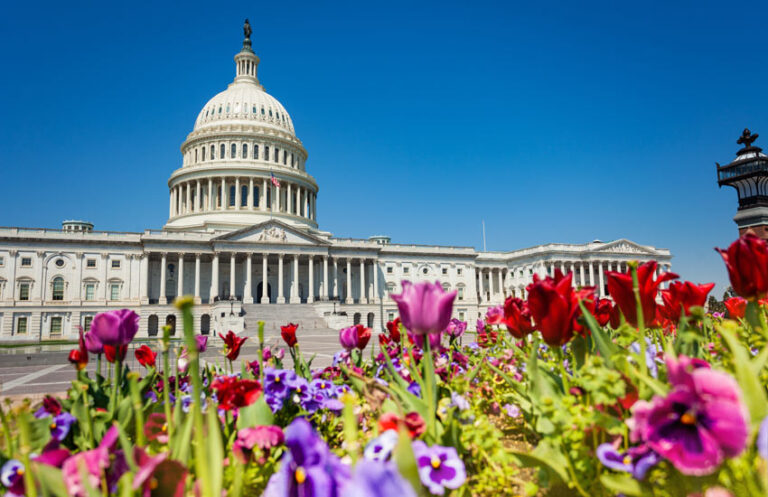
Source: www.ledgerinsights.com
On December 6, Congress reached a bipartisan agreement on the amended National Defense Authorization Act (NDA) of 2023, which the Senate passed on December 15. The document runs to several thousand pages and includes 16 pages outlining a National Strategy for distributed ledger technology (DLT) research and development. The Office of Science and Technology Policy (OSTP) will be responsible for developing the strategy. In fact, the OSTP is not part of the Department of Defense, as it is located within the Office of the President.
Despite the government’s desire to reign in the cryptocurrency sector, the investigation explicitly includes applications on public and permissionless blockchains.
The legislation bears more than a passing resemblance to a separate bill introduced in May by Republican Sens. Roger Wickers and Cynthia Lummis, which called for a national strategy. Lummis is a vocal supporter of cryptocurrency and one of the architects of one of the most promising digital asset bills, the Lummis-Gillibrand Responsible Financial Innovation Act.
Blockchain Use Cases
The NDA covers a wide range of DLT activities and will include applications that could benefit society but do not attract private investment.
Incentives and tokenomics are essential in blockchain networks, both public and private. Therefore, the research will include game theory, mechanism design, and decentralized network governance.
Some of the research revolves around the use of DLT by federal agencies. You want to use technology to share data between departments in a way that preserves privacy and in other contexts to provide transparency for citizens. Blockchain could be used to automate compliance. One potential use case is targeting the unbanked population, and financial inclusion is often discussed in the crypto world.
One area mentioned that is less clear is the use of DLT to “mitigate risks that may threaten the rights of individuals or broad access to federal services.”
There is also a plan to award grants to fund federal and private sector use case research. This includes a broader range of applications such as digital identity, digital credentials, supply chain transparency, medical data management, digital property rights, infrastructure resilience, and peer-to-peer transactions.
Some of the grants will go to startups through the Small Business Innovation Research (SBIR) program and the Small Business Technology Transfer program. However, there have already been numerous blockchain grants under the SBIR program, including for Xage and SIMBA Chain.
Read More at www.ledgerinsights.com